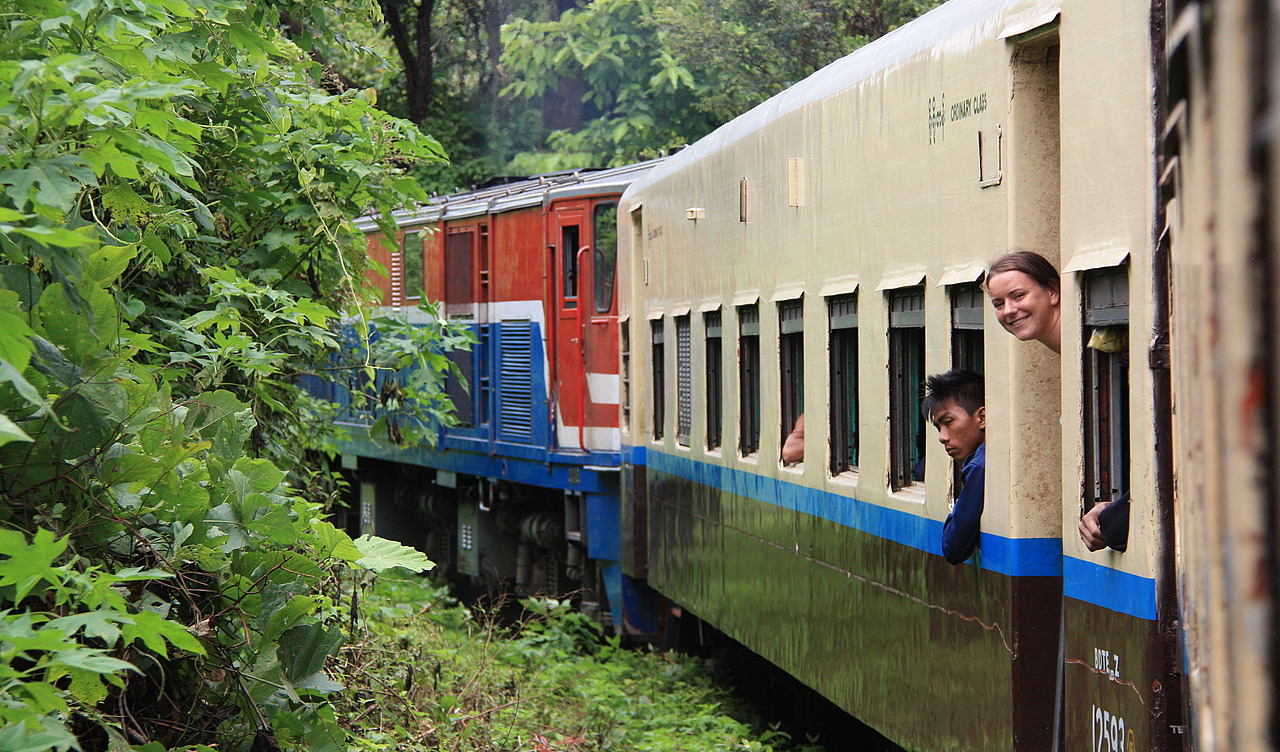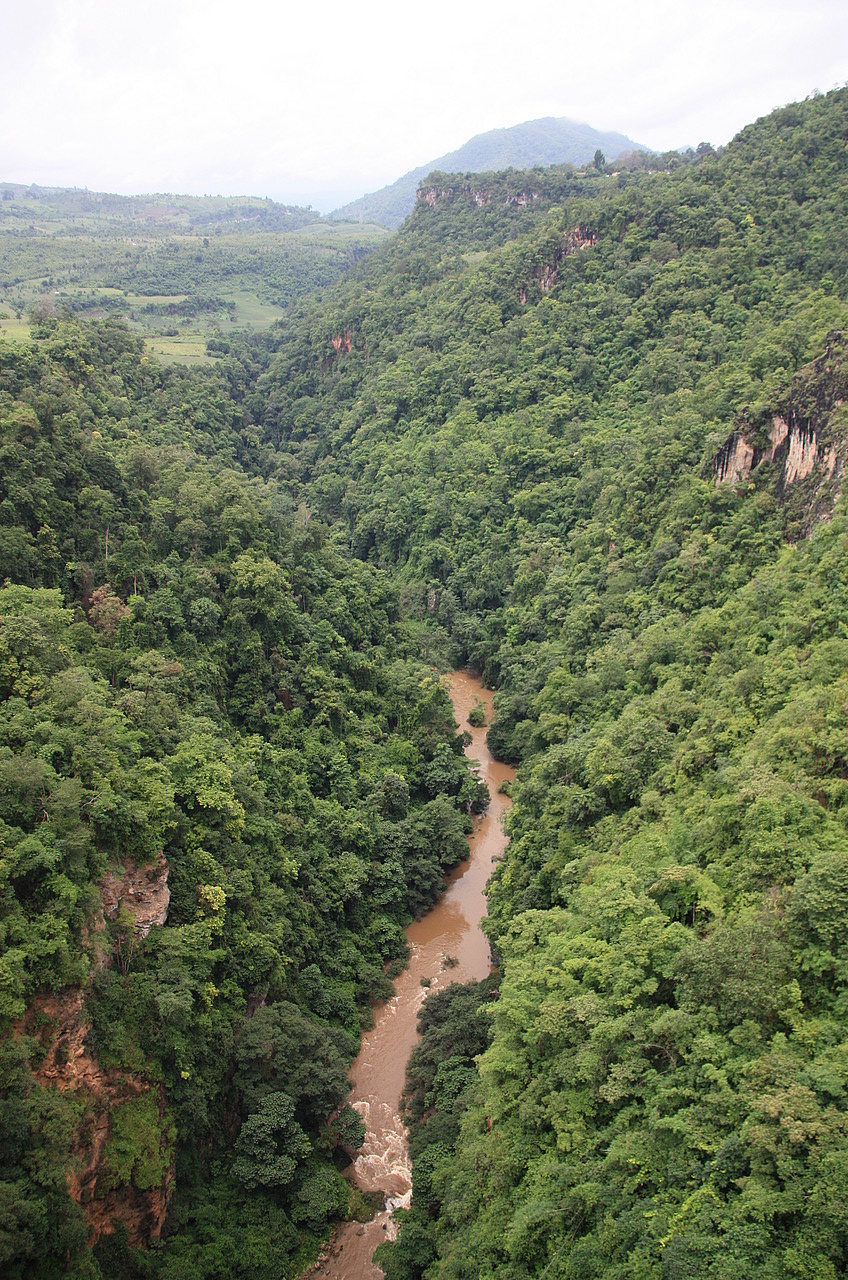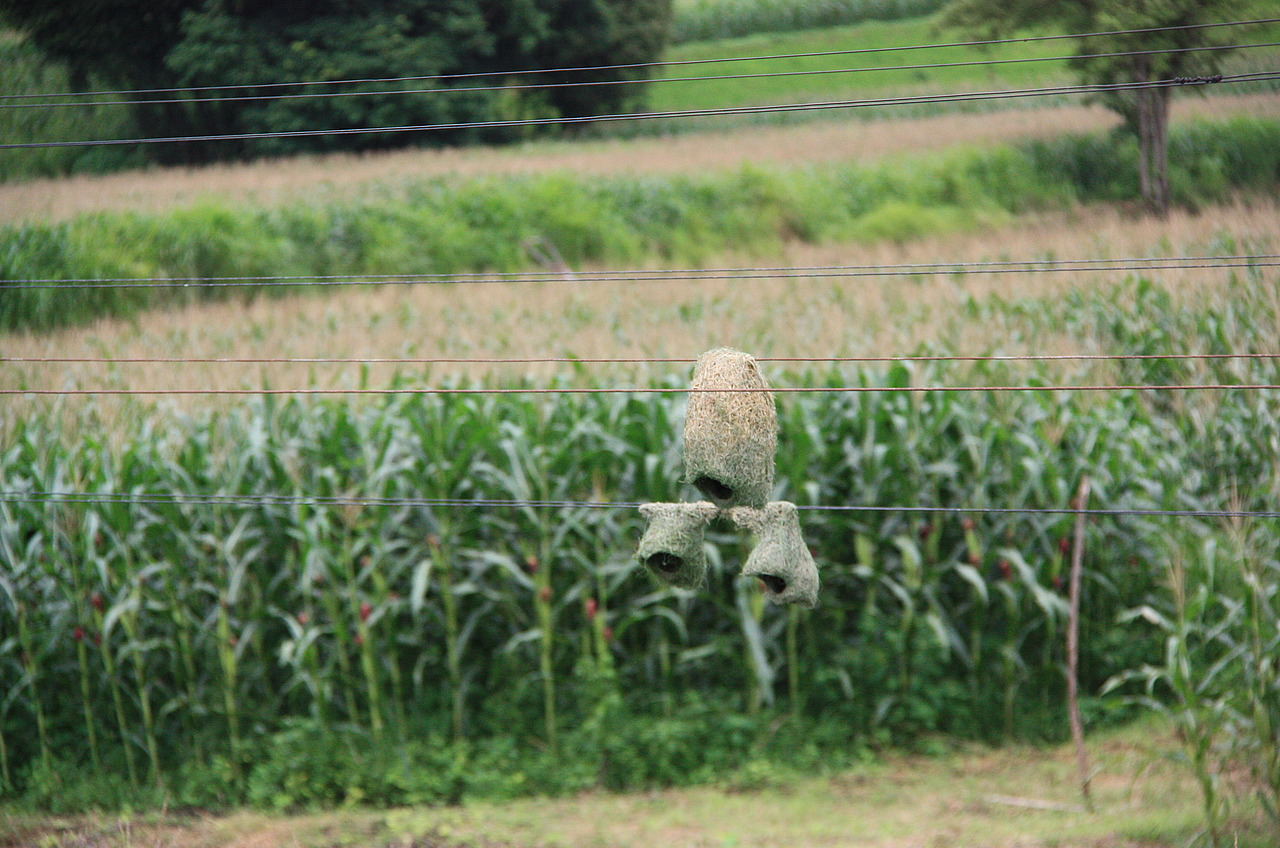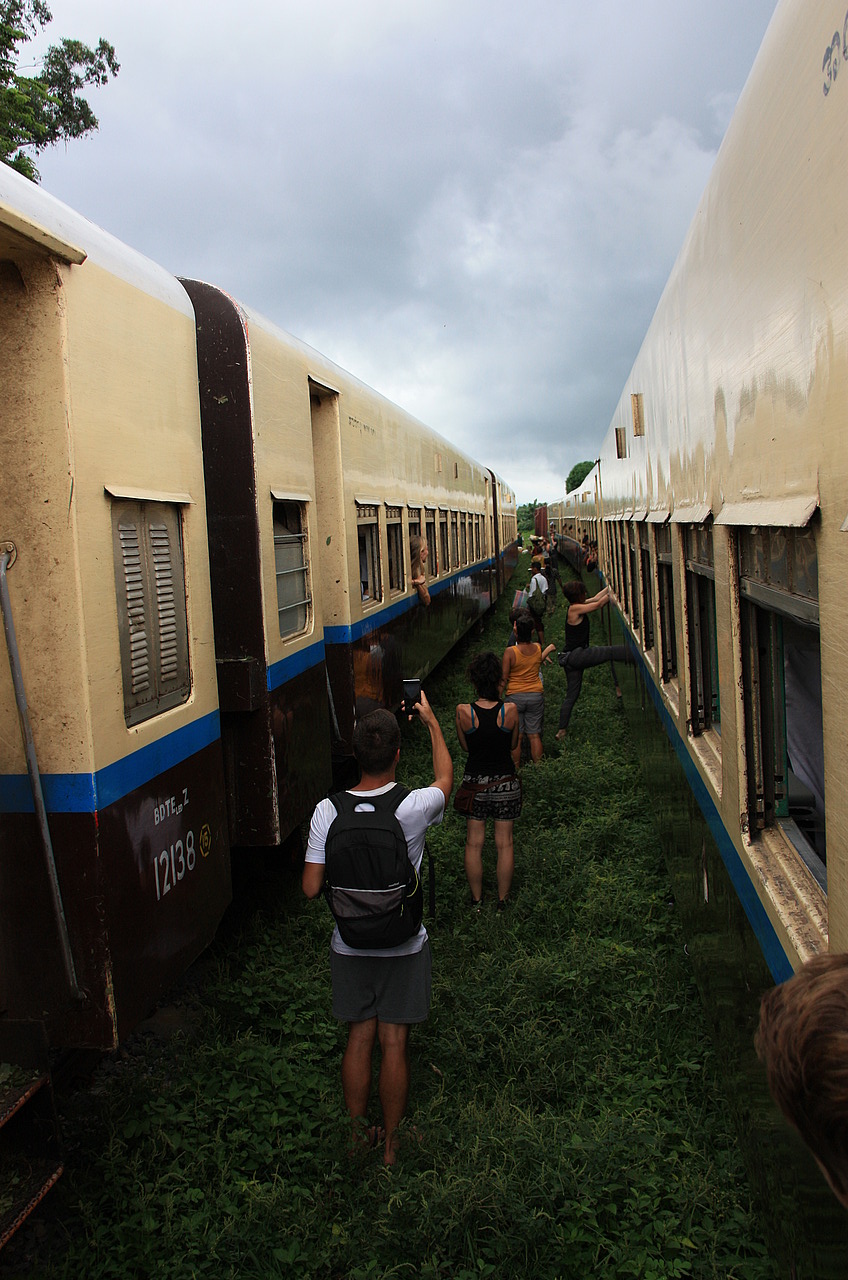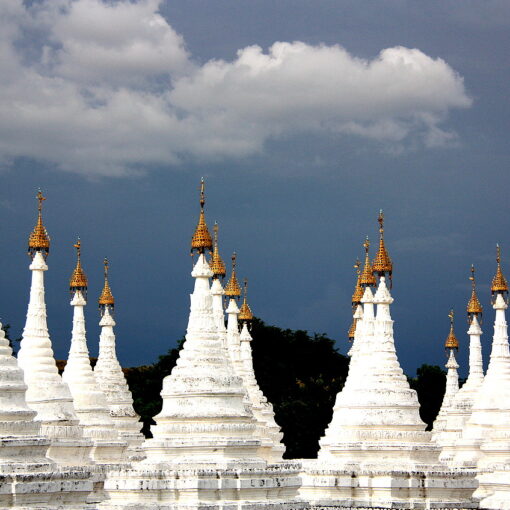Hsipaw, Myanmar
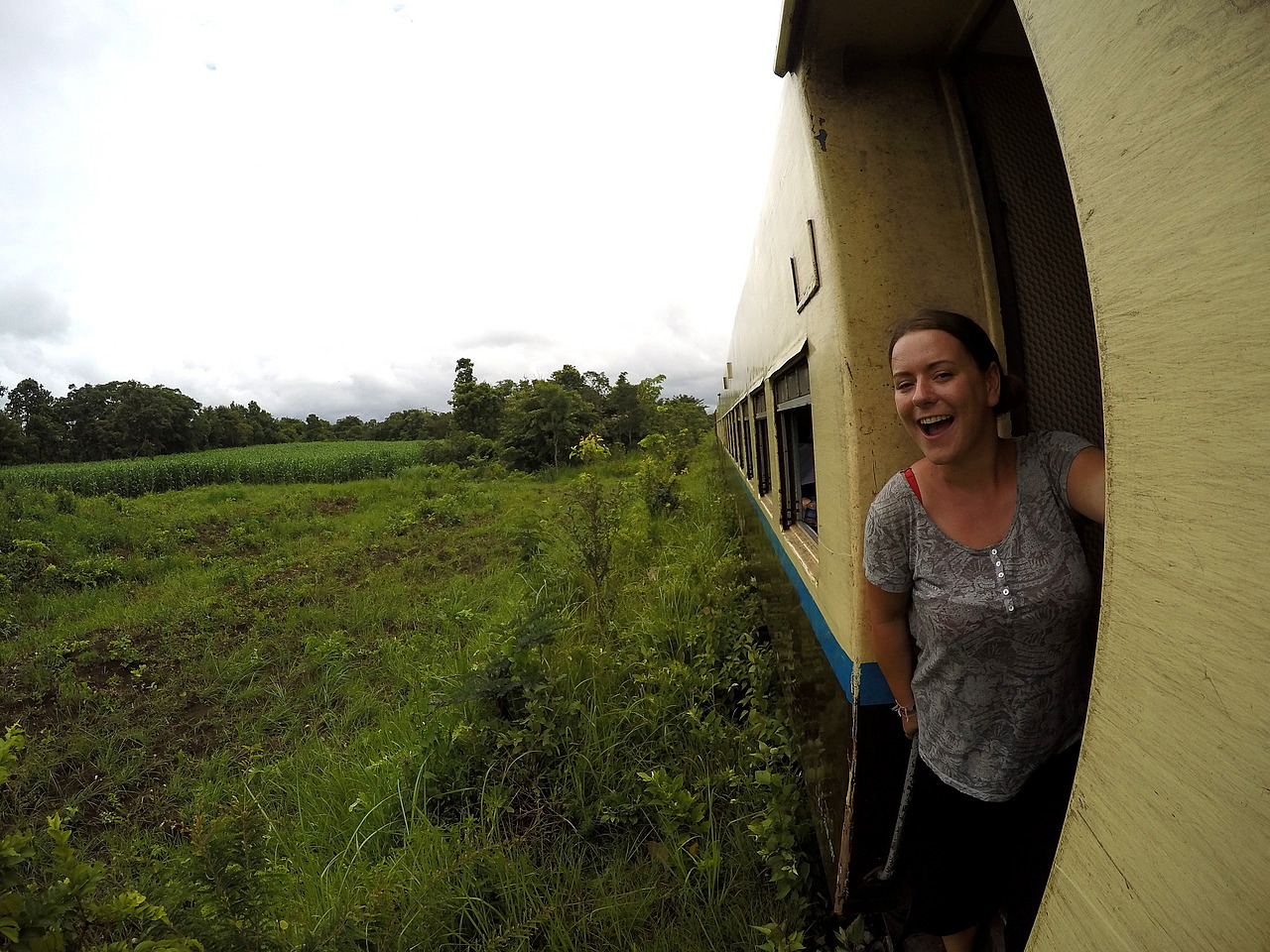
As the clock hit 4 am in true old British style the green flag was raised, the whistle blown long and hard and the train stretched itself out like a waking snake to the sound of metal on metal before slowly grinding forward. Slowly it crept forward, the lines and points bent over the years with the heat, forcing the engine to keep it’s speed to a slow crawl until it had finally left the city.
It took a good hour to clear the suburbs of Mandalay despite the city being quite small. Crossing many roads and junctions before eventually breaking free of the aging concrete and slowly gathered speed into the dark night of the countryside. At this point we were reminded of our earlier train from Yangon to Bagan. When we boarded in the city the carriage was fairly clear of the local wildlife. Once out in the countryside with the artificial lights lit up like some kind of homing beacon the carriage turned into David Attenborough’s wet dream. Dragonflies were on some kind of kamikaze mission, the floor littered with bodies somehow but as the the sky lightened for sunrise they slowly snuck off back into the lush green of the fields.

We could have easily tried to grab more sleep, drained from the early start but this is one of the the scenic train journeys in the world and we didn’t want to miss the sunrise as we slowly started to make the climb up in to the hills of the Shan state. It didn’t feel like long before it was full day light and we hit the series of cleverly designed switchbacks that help the train ascend a good altitude over a short distance. The train slowly came to a halt before reserving back on itself and steering off after a quick change of points up another a climb. Then not long after another stop, change of pints and another forward stretch again up a separate line of track. It repeated this several times until it had reached the summit without really gaining any forward ground. As we hit the last switchback a big group of very young school children hopped on and scattered themselves among the various carriages all bound for the school at the next village. They are obviously used to tourists traveling this line and once all the seats were filled they gleefully flung themselves onto the lap of the nearest passenger to sit out the rest of the ride in comfort.
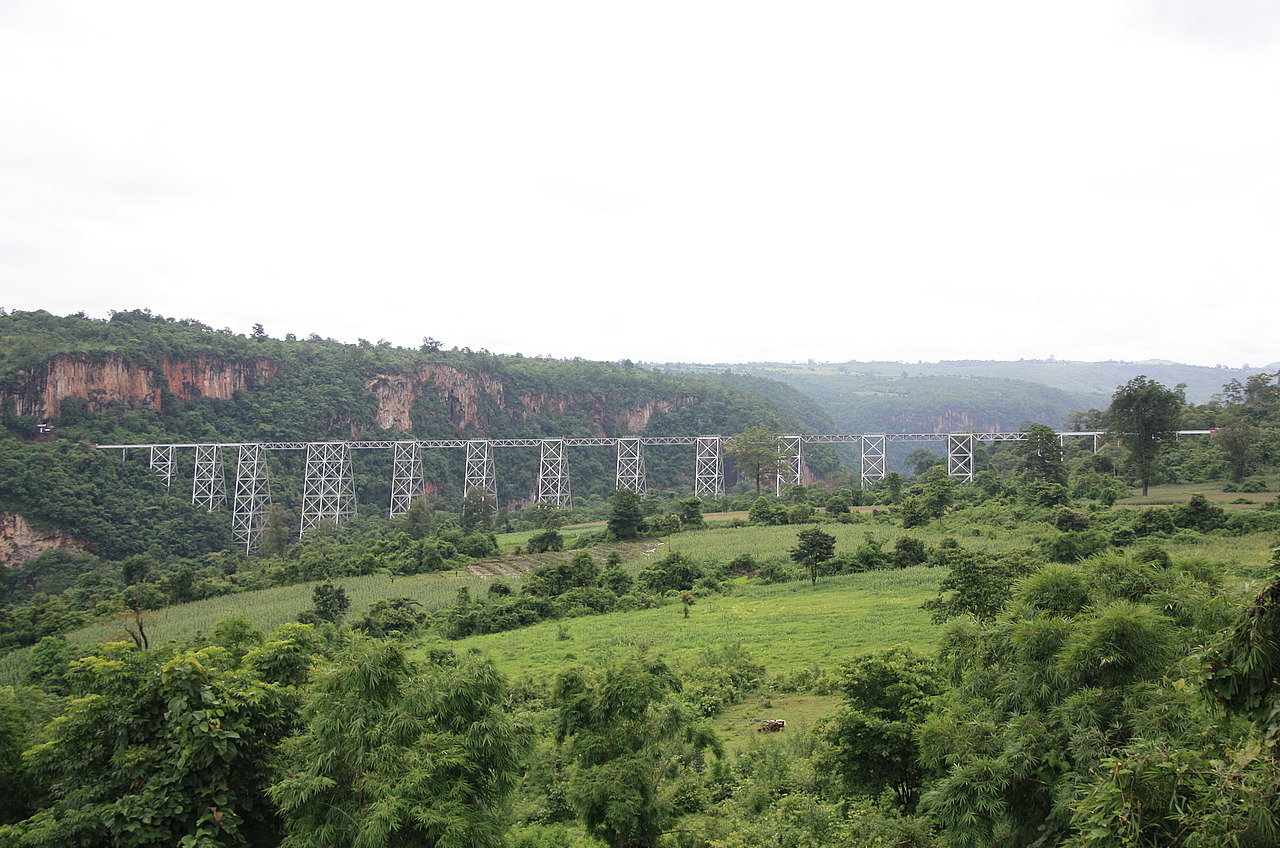
Once the kids were dropped off at the village the train continued up along rickety lines draped in vegetation. There is only one train daily in either direction and the plants at the side grow quickly enough at this altitude and climate that they start to encroach the path of the carriages. As we started to pick up speed the carriages acted as one giant mobile strimmer and as the leaves thwacked against the sides and open windows leaves were chipped into the carriage in flurry of damp green. So hard that you had to cower away and cover your eyes of you were sat on the window side. The floor started to fill with fresh wet vegetation…mixed in with a few remaining dead dragonflies.
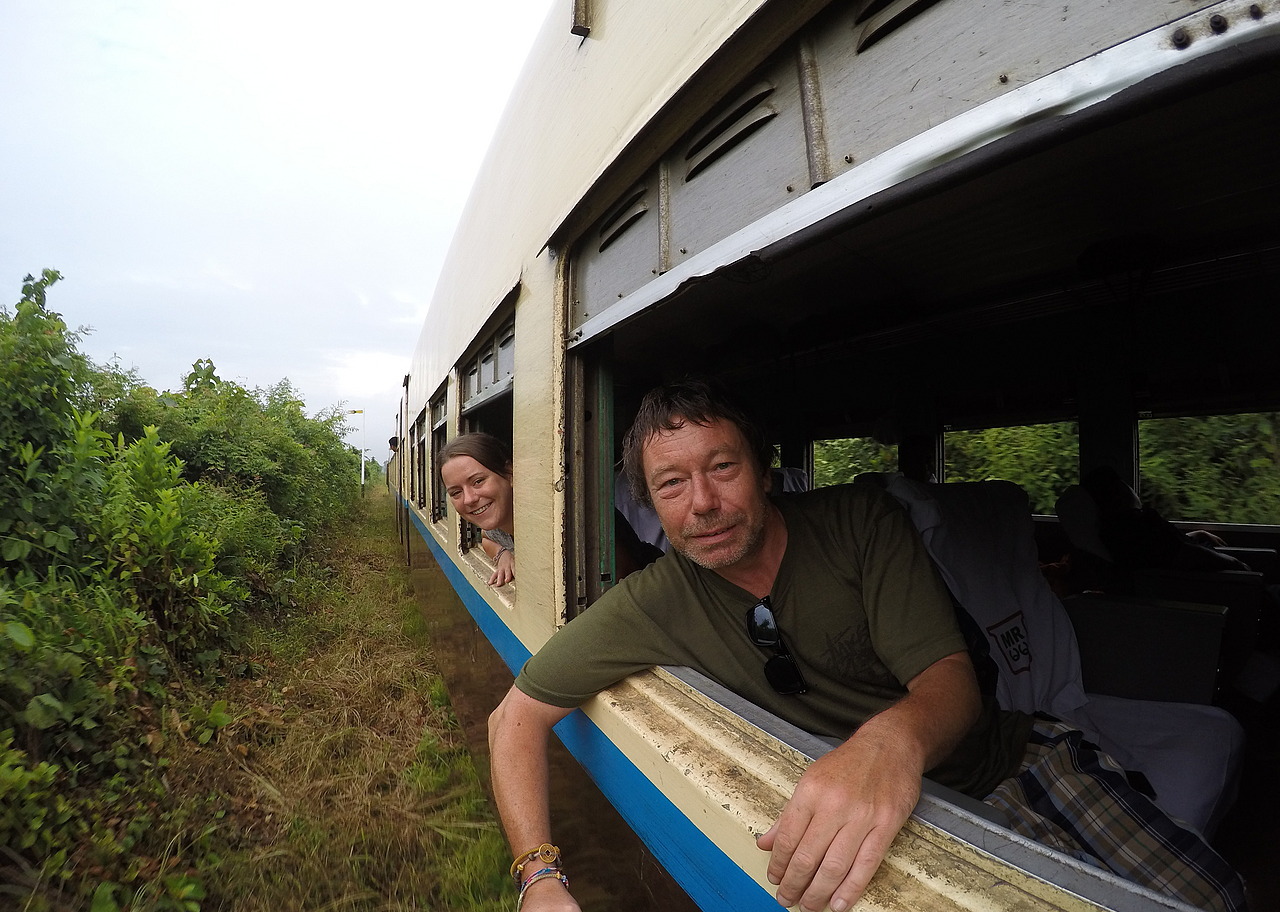
Around 7 hours after leaving Mandalay the train slowed again and started to snake it’s way back downhill through a series of tight bends. As we cleared the undergrowth and a line of tress the famous Goteik viaduct appeared in the distance. Built in 1900 during the British occupation its the most famous of all the landmarks on the Myanmar rail network and probably one of the most well known rail landmarks in the world. It’s the highest bridge in Myanmar and in it’s time was the largest rail trestle in the world. As we crept towards it I surprised to see just as many locals at the side of the line all pointing their cameras at the train as there were people in the train pointing their cameras out. Obviously a daily spectacle for the locals as well as the tourists.
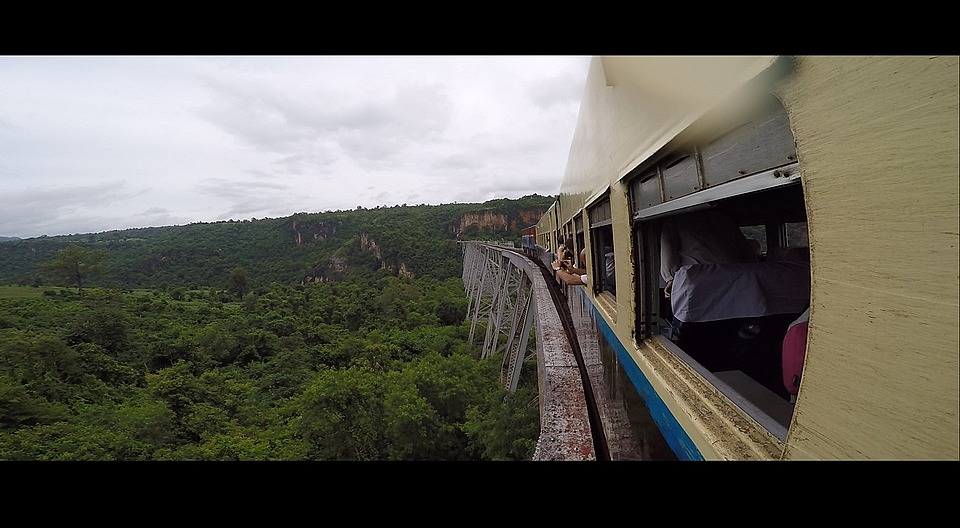
The Viaduct itself is pretty impressive. No railings either side so you hang out and look straight down at the valley below which it has to be said is a very nice valley indeed. A small river below, several impressive waterfalls dotted about the sides and the remains of a contingency rail track sat hundreds of feet below. Apparently the Myanmar government see the bridge of strategic importance and built a second crossing in the seventies in-case anything happened to the viaduct. It has since been left un maintained and taken over by the tropical jungle below.
The crossing seemed to pass very quickly despite the incredibly slow speed they reduce the train to in order to get it over slowly. The gauge of the tracks here is incredibly narrow but the carriages are now Chinese built carriages that are fairly wide. This makes for a fairly interesting ride as you can imagine. Basically the carriages are top heavy for the width of the track and the bogeys are slightly wider than they should be meaning you get a fair amount of sideways movement at times. As we picked up speed following the viaduct we started get bounced around a fair bit to the point were a few back packs were floating up and coming off the overhead luggage rack and starting to come down on peoples heads. It didn’t last long though and the track improved as we leveled back out and started to wind through valleys of lush rice fields.
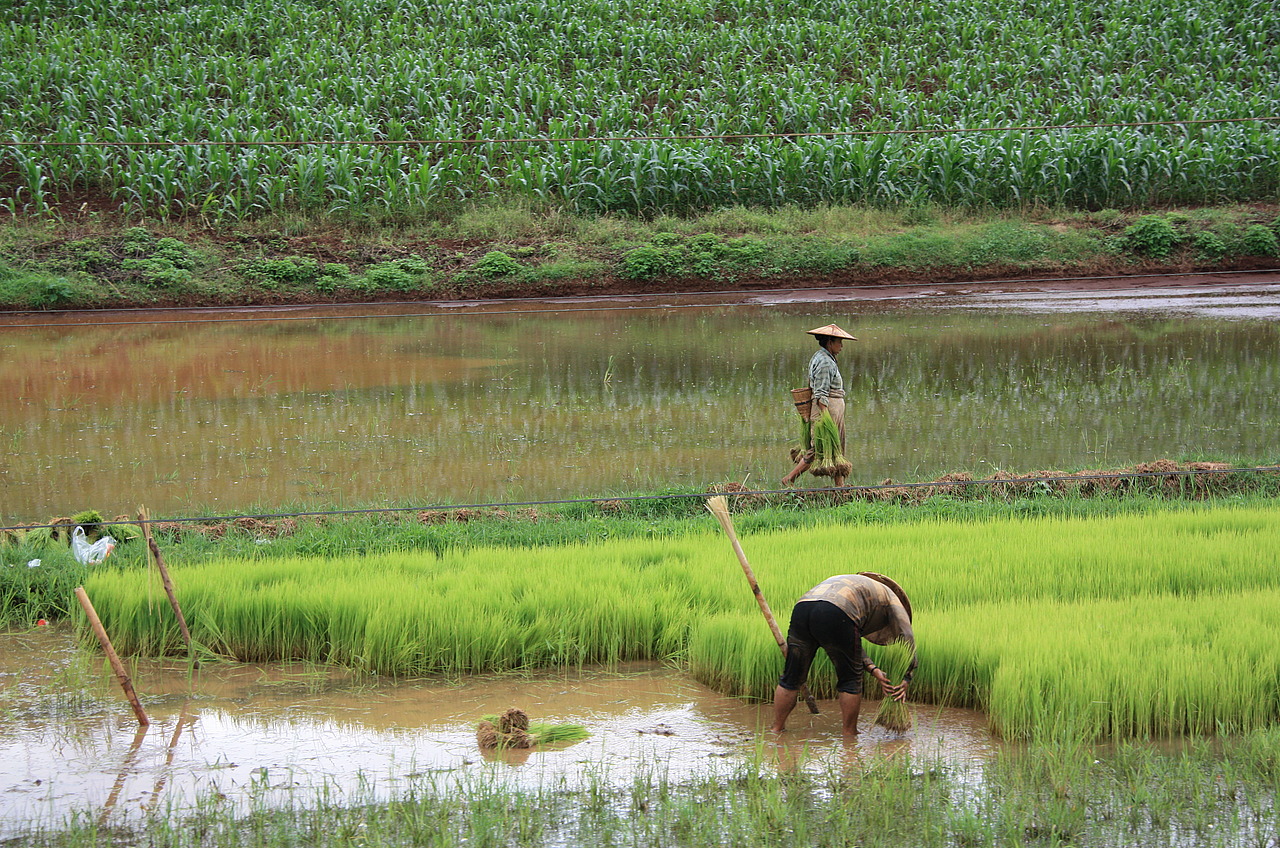
A few more stops later, in particular one where the North bound and South bound trains cross each other which seems to be some sort of train drivers gathering as they park alongside each other for quite a while for a bit chat and we were on the home straight. It hadn’t felt like the 12 hour journey that it was. Always something happening, whether it be scenery out the window, insects and vegetation on the inside or the random stops at stations to grab some cheap tasty noodles from the station vendors. Before we knew it were slowly brought to a halt at Hsipaw station deep in the once foreigner restricted area of the Shan state.
Quite the journey and probably the most enjoyable, scenic train ride I’ve had the pleasure to take so far. Hopefully Hsipaw is just as impressive as the trip to get here.

